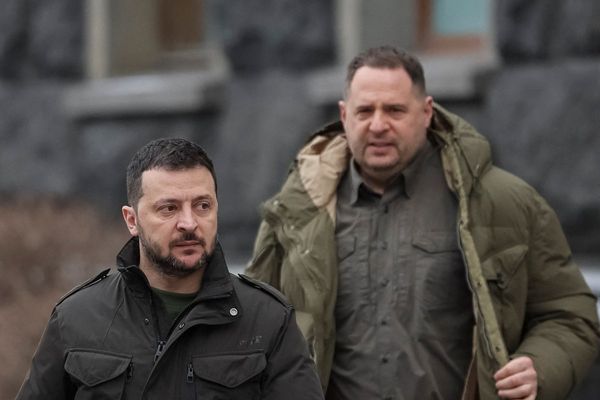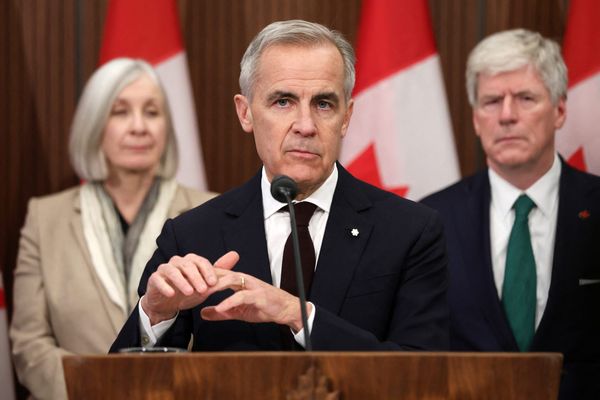The Swedish prosecutor investigating the Nord Stream sabotage attack has said the “clear main scenario” was that a state-sponsored group had been involved, seemingly casting doubt over theories that posited an independent group was responsible for the pipeline blasts.
Mats Ljungqvist told Reuters on Thursday that though a non-state-backed plot was still theoretically possible, the type of explosive used in the bombings ruled out a “large portion of actors”.
According to a UN report, the three underwater explosions that ruptured the gas link between Russia and Germany north-east and south-east of the Baltic Sea island of Bornholm on 26 September 2022 were equivalent to the power of several hundred kilograms of explosives.
Swedish investigators have found traces of explosives on several of the objects they examined but the type used has not yet been named. Analysts have estimated them to have been powered by the equivalent of 400-500kg of TNT, or 300-350kg of Semtex, a general-purpose plastic explosive used in commercial blasting.
Göran Swistek, a security specialist at the German Institute for International and Security Affairs, said: “That is a huge amount of explosives and not something you could pilfer from a building site or something that a trader on the black market would have sitting in their garage.”
The destruction of three of the four Nord Stream pipelines, which had stopped transporting gas at the point of the blasts, has been the subject of intense speculation, with some theories zeroing on a Nato Baltops 22 wargame two months before, and others on a Greek-flagged tanker shipping Russian oil that had drifted near the pipeline for several days.
The prosecutor dismissed some of these theories as politically motivated. “The incident has obviously become an open arena for different influence attempts,” Ljungqvist said.
“These speculations do not have an impact on the ongoing investigation, which is grounded in facts and the information which has emerged from analyses, crime scene investigations and collaboration with authorities in Sweden and other countries.”
One theory, put forward in reports published in the New York Times and the German weekly Die Zeit, suggested the attack could have been carried out by a group of six people with pro-Ukrainian affiliation, but not necessarily sponsored by the state, using a German yacht chartered by a Polish company.
Swistek said the prosecutor’s comments suggested investigators shared his scepticism that a 15-metre yacht would have sufficed to carry out the sabotage attack.
“With that amount of explosives, it is hard to conceive how they could have used only a yacht – which is not to say the yacht didn’t play some sort of supporting role,” he said.
Sweden’s public prosecutor expressed doubt over whether his investigation – which focuses on whether national interests or security have been threatened by the blasts – would yield a conclusive answer.
“We are working unconditionally, turning over every stone and leaving nothing to chance,” Ljungqvist said. “Our hope is to be able to confirm who has committed this crime but it should be noted that it likely will be difficult given the circumstances.”







